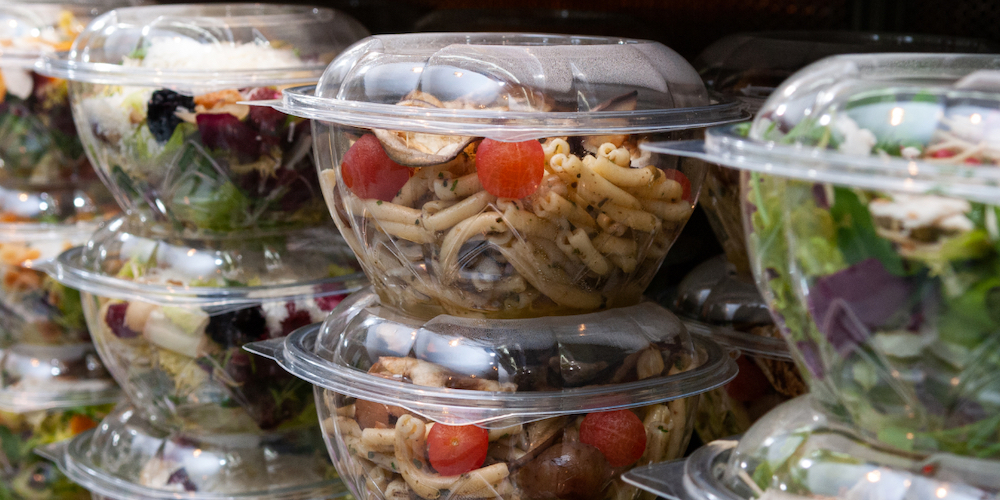Ending the unhealthy and environment-damaging Plastic Packages of Food

Indian Scientists have have developed novel biopolymer film with chemical-resistant, edible, and printable properties for food industries
Abiopolymer nanocomposite film synthesised with chitosan, sodium alginate and mushroom that has high mechanical strength and possesses high chemical resistance to different solvents, could be useful for food industries.
Plastic materials are widely used in the food packaging industry because of their affordability and convenient durability. However, these materials are non-biodegradable, contributing to the accumulation of solid waste on the Earth’s surface and posing a threat to living beings.
Biopolymer-based polymer material offers a more eco-friendly and biodegradable packaging solution as an alternative to plastic material.
Indian scientists from the Institute of Advanced Study in Science and Technology (IASST), an autonomous institute of the Department of Science and Technology (DST) led by Prof. Devasish Chowdhury, Professor in the Physical Sciences Division, and his DST INSPIRE Senior Research Fellow (SRF) student Mr. Sazzadur Rahman have developed a biopolymer xerogel film composed of chitosan, sodium alginate and mushroom. The biopolymer nanocomposite film was synthesised using a green fabrication approach using a solution casting technique. They first synthesised carbon quantum dots, a nanomaterial derived from banana corm, and used as a cross-linker in biopolymers to tune the properties of biopolymers. In addition, they used mushroom powder and converted it to cellulose nanofiber.

Poor water and chemical resistance of pure biopolymeric films is a major barrier to their applications in the packaging industry. The present work by Prog. Chwdhury and his student involves an innovative and novel formulation of biopolymer nanocomposite utilizing a green fabrication process to produce a highly robust, chemically resistant system and printable, flexible polymeric film. This unique concept utilises the electrostatic interaction between two biopolymeric materials (chitosan and sodium alginate) owing to their inherent functionality, which could be knowingly tuned just by changing the pH of the medium. The films are obtained from a hydrogel prepared by stepwise addition of the components as well as cross-linker in a designed manner. This is for the first time a biological alkaline extract containing carbon dots derived from banana corm (BCE CDs) is used as a cross-linker for biopolymers.
In addition, mushroom was used to synthesise a nanofiber and used in the fabrication of nanocomposite film. The synthesis of lignocellulosic nanofibers from mushrooms that avoids the usage of any harmful chemicals in preparing the composite film is demonstrated. Fabricated films show tensile strengths up to ∼59 MPa after optimising the composition. The film exhibited stability under both acidic and basic pH conditions even after being kept for 24 h. Additionally, it displayed resistance to a broad spectrum of organic solvents. In addition, the films can be used as a substrate for printing technologies, widening the scope of their use in packaging materials. Thus, the work demonstrates the fabrication of green, robust, edible, chemically resistant, and printable bio based nanocomposite flexible films.
To put it differently, the fabricated xerogel nanocomposite film has high mechanical strength and possesses high chemical resistance to different solvents, pH mediums, and water. The nanocomposite film is also very flexible and printable on the film surface, which widens the scope of its use in packaging materials. The scientists demonstrated that the fabricated nanocomposite film was non-toxic and biodegradable within 55 days of soil burial.
“Such innovative, non-toxic, biodegradable, and sustainable packaging material is auspicious that can be scaled up to an industrial level and used especially in food packaging,” said Prof. Chowdhury.
This work has been published recently in the ACS Sustainable Chemistry & Engineering journal.


